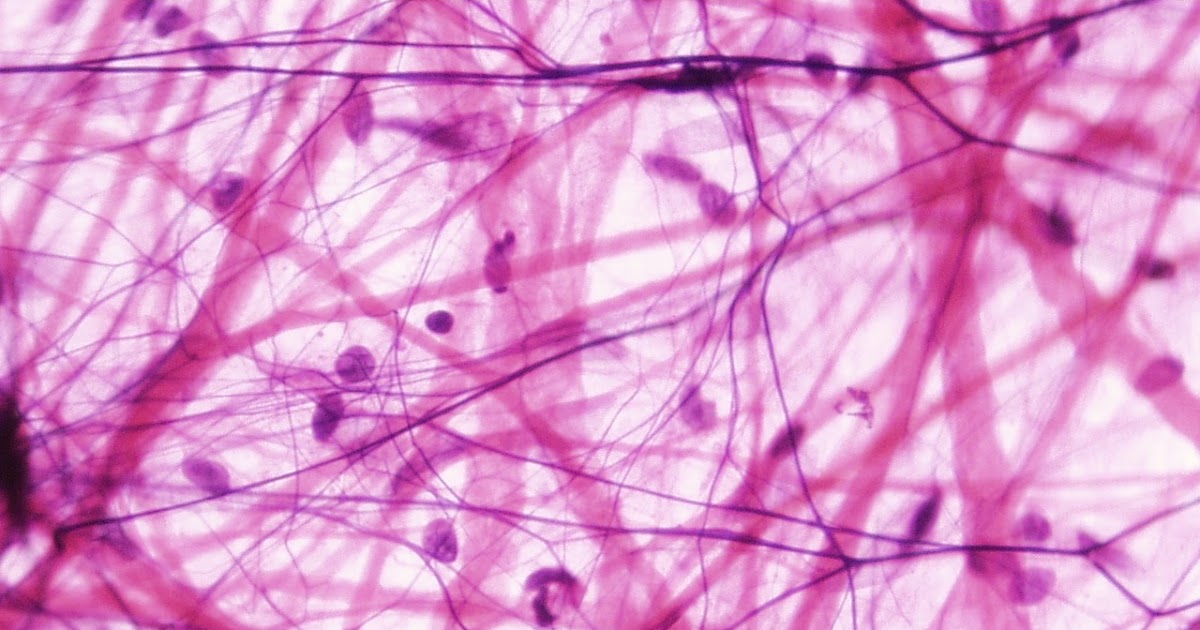What Causes Raynaud's Disease?
Raynaud's disease is a fairly common disorder that typically does not come with severe complications. The symptoms usually arise when a person is cold. These can include pain and numbness in the extremities, a pins and needles sensation, having difficulty moving the affected area, and the skin turning white or blue. It occurs due to the blood restriction and blood vessel reaction when the body is cold, reducing circulation to the fingers. These symptoms can last anywhere from a few minutes to many hours. Typically, symptoms can be treated on one's own, simply by keeping warm. However, Raynaud's is classified as a blood circulation disease and can worsen and cause further complications if left untreated for an extended period.
Get familiar with the various causes of Raynaud's disease now.
Connective Tissue Diseases

Raynaud's disease can develop on its own, and when this is the case, it is referred to as its 'primary form.' However, it can also come about in conjunction with other diseases, which is known as the 'secondary form.' Connective tissue diseases are the conditions most commonly linked with Raynaud's disease, including scleroderma, polymyositis, CREST syndrome, atherosclerosis, sclerosis, and rheumatoid arthritis. Connective tissues are rich in protein and support the organs as well as other parts of the body. They include fat, cartilage, and bone, but the disorders often involve the muscles, joints, gastrointestinal tract, blood, and skin, as well. In fact, over two hundred diseases affect the connective tissues.
Continue reading to reveal another cause of Raynaud's disease now.
Carpal Tunnel Syndrome

Carpal tunnel syndrome, often shortened to just carpal tunnel, occurs when excessive pressure is placed on the nerves in the wrist. Individuals who develop this condition often work in jobs that require them to use their hands or wrists a lot, particularly in the same repetitive motions, such as those who are typing throughout the day. Carpal tunnel syndrome can manifest as pain, tingling, or numbness in the hands and fingers. The wrist can often feel 'stuck' at an uncomfortable angle, as well. Patients with carpal tunnel syndrome may feel the strength in their thumbs wither away and have difficulty gripping objects.
Because these symptoms cause pressure and discomfort in the hands and fingers, carpal tunnel syndrome can easily cause Raynaud's disease. Typically, the symptoms start slowly and increase in severity gradually. They are also reported to be worse at night.
Learn more about the causes of Raynaud's disease by reading more now.
Smoking

Smoking negatively impacts blood circulation throughout the body, but having cold and rigid hands is also seen regularly by physicians and researchers. When you smoke, substances from the tobacco cause the blood vessels to constrict, which alters circulation and prevents blood from moving throughout the body in the way it should, and the extremities (the hands, fingers, feet, and toes) are the first ones to suffer from this. Quitting immediately has been shown to greatly reduce symptoms in individuals with Raynaud's disease.
Continue for more information on the causes of Raynaud's disease now.
Medication

While medication has always been designed to treat ailments, there are few (if any) that come without potential side effects for other areas of the body. Those that disrupt proper circulation can all lead to the development of Raynaud's disease, including beta blockers, ADHD treatments, treatment for migraines, chemotherapy, and many over-the-counter remedies for flu and the common cold. Substances that treat high blood pressure also leave the body susceptible, as do any that slow and lower the heart rate. Each of these affects the blood vessels and circulation and, again, the extremities are the first to suffer.
Get to know more causes of Raynaud's disease now.
Injuries To Hands Or Feet

Perhaps the most obvious cause of poor circulation and problems in the extremities is experiencing injuries to hands or feet. Any inflammation experienced in the area can throw off circulation and cause abnormalities. This is especially true when the hands and feet have experienced repetitive trauma. Damage to the nerves can occur during any traumatic injury, and when this happens, the blood vessels those nerves serve will be affected. This can be true even for individuals who have not experienced severe trauma. For example, pianists who are regularly and vigorously working their hands are more at risk of developing Raynaud's disease, as are workers who handle powerful vibrating tools all the time.